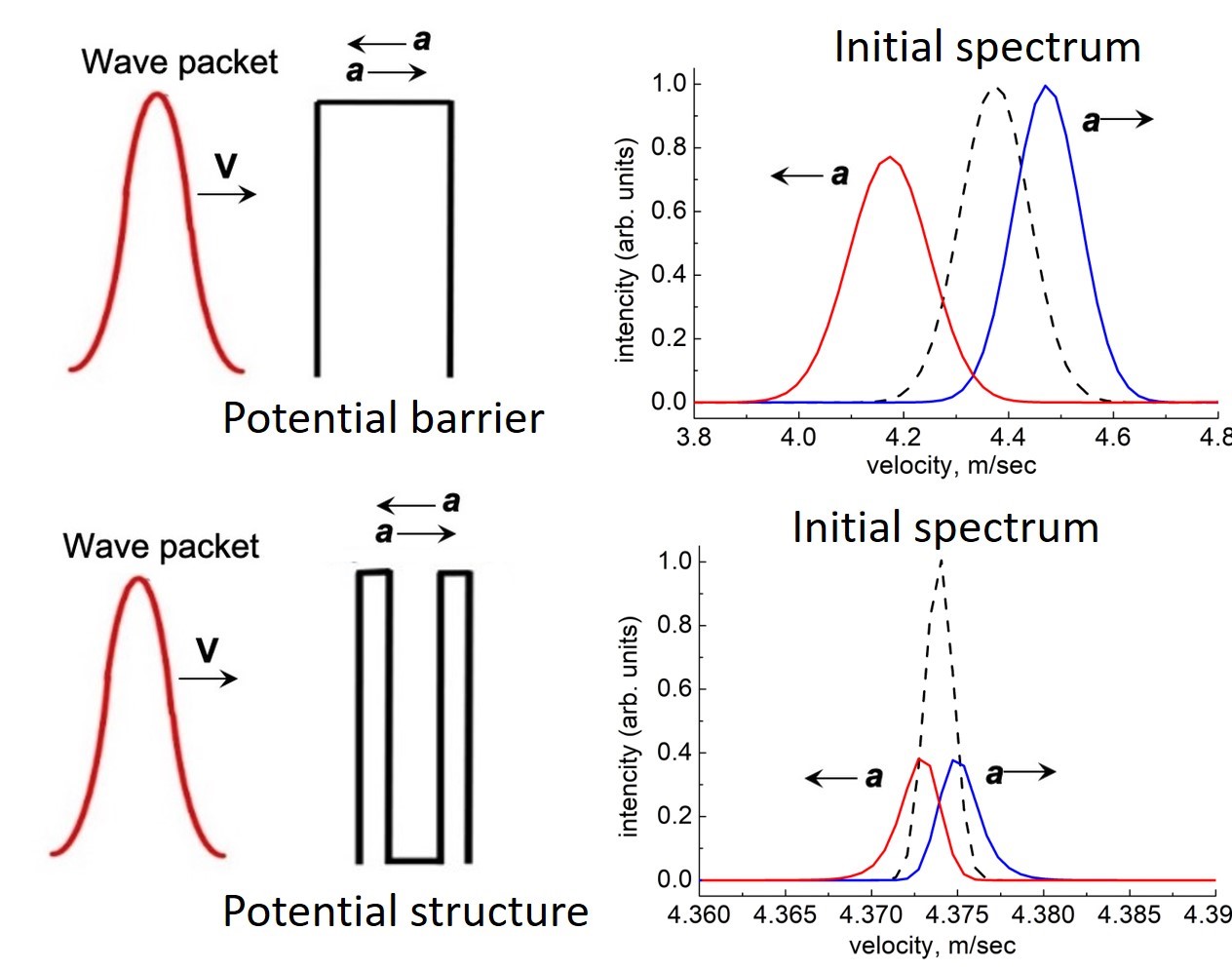- Details
"Experimental methods of neutron radiography and tomography at the IBR-2 high flux pulsed reactor and the WWR-K stationary research nuclear reactor"
(based on the materials of the doctoral dissertation)
Sergey Kichanov
The trend of recent years is to develop experimental facilities for neutron radiography and tomography at most modern neutron sources. These methods of non-destructive analysis allow one to obtain neutron images and volumetric three-dimensional reconstruction of the internal structure of the subjects of research with a spatial resolution of better than 100 μm. Significant neutron penetration depth makes it possible to obtain fundamentally new information using neutron radiography and tomography methods as compared to X-ray methods.
The main results of activities are the development, implementation and progress of experimental facilities of the neutron radiography and tomography method on pulsed and stationary neutron sources. A specialized research facility has been constructed on the beam 14 of the IBR-2 high flux pulsed reactor at FLNP JINR using neutron radiography and tomography, as well as methodological work has been carried out to improve its technical parameters. A detailed description of the methodological capabilities, design and experimental parameters, as well as the main components of this facility is performed. It should be noted that the pulsed nature of the operation of the IBR-2 reactor opens up broad prospects for the implementation of the energy dispersive neutron radiography using the time-of-flight technique, at which the choice of the optimal range of energies of falling neutrons allows to strengthen the contrast of the object details in the experiment. Taking into account the relevance and wide applied capabilities of neutron radiography and tomography methods, accumulated experience and interest from the Republican State Enterprise "Institute of Nuclear Physics" (Almaty, the Republic of Kazakhstan), activities have been carried out to construct a research facility using neutron radiography and tomography based on the WWR-K reactor.
The construction of these neutron radiography and tomography facilities made it possible to develop a new applied direction of research at JINR and INP, concerning non-destructive analysis of the internal structure of volume objects, products and materials, among which there are paleontological objects of natural heritage, engineering products, objects of extraterrestrial origin - meteorites, archaeological sites of cultural heritage. The results of research are presented using the neutron radiography and tomography method of cement materials, geophysical objects, cultural heritage objects. The possibilities of algorithms for analyzing radiographic data and approaches to the interpretation of the results obtained for applied research of a wide range of materials are shown as well.
- Details
"Solemn seminar dedicated to the anniversary of T.A. Strizh"
Information about the seminar and a link to connect are posted on Indico: https://indico-hlit.jinr.ru/event/223/
- Details
The first meeting of the User Committee of the IBR-2 neutron source was organized at FLNP on 24 of February and took place via videoconference. The User Committee of the IBR-2 neutron source has recently been established to increase the user activity related to the interactions with the FLNP, giving support to both specific and general user questions, and with the aim to provide a discussion forum for the benefit of the users. The IBR-2 User Committee proposes new strategic ideas and procedures to the FLNP Directorate with the ultimate goal to improve the quality and efficiency of the organizational issues related to the user operation at the IBR-2.
Delegates from Poland, Bulgaria, Hungary, Armenia and Spain have taken part on this first meeting of the User Committee and the FLNP directorate. The agenda of this meeting included the introduction of the User committee members and of the FLNP directorate, followed by a discussion on further steps of the development of the IBR-2 instruments & infrastructure, ways to improve users’ satisfaction and to a general success of neutron science at IBR-2. During this first meeting, some questions concerning organization of the neutron scattering experiments, as well as future plans and ideas were discussed in detail. From now on meeting of the User Committee will be organized on regular basis.
- Details
Meeting agenda:
- On changing the structure of the Department of spectrometers complex and creating a separate sector for development of the new neutron source project of the Laboratory.
- Elections for positions:
- Junior researcher, SINNI DNP FLNP.
Candidate for the position: S.Mazhen
2.2 Junior researcher, SINNI DNP FLNP.
Candidate for the position: A.Ergashov
- Approval of the results of the FLNP scientific and methodological works competition.
- Details
"The acceleration effect in quantum mechanics"
Zakharov M.A.
The report is devoted to the development of ideas about the Acceleration Effect as a general physical effect formulated in the recent work of A. I. Frank. It is devoted to the presentation of the results of a numerical study of the manifestation of the acceleration effect in the interaction of a particle with various accelerating quantum objects.
A wave packet with parameters characteristic of ultracold neutrons was considered as a particle. Various planar potential structures were used as quantum objects, namely: potential step, potential barrier, potential well, double potential step, interference filter, two-layer structure.
The problems were studied by numerically solving the nonstationary Schrödinger equation by splitting the evolution operator. The spectra of the resulting state after the interaction of the packet with the object were obtained.
The results demonstrate a pronounced presence of the acceleration effect in all studied problems. In the case of resonant structures, the acceleration effect is proportional to the lifetime of the state inside the object (which can be many times longer than the time of flight of a particle). The results obtained confirm the hypothesis that the acceleration effect is a consequence not so much of the passage of a particle through an accelerated refractive sample, as the existence of a nonzero interaction time in quantum mechanics.



